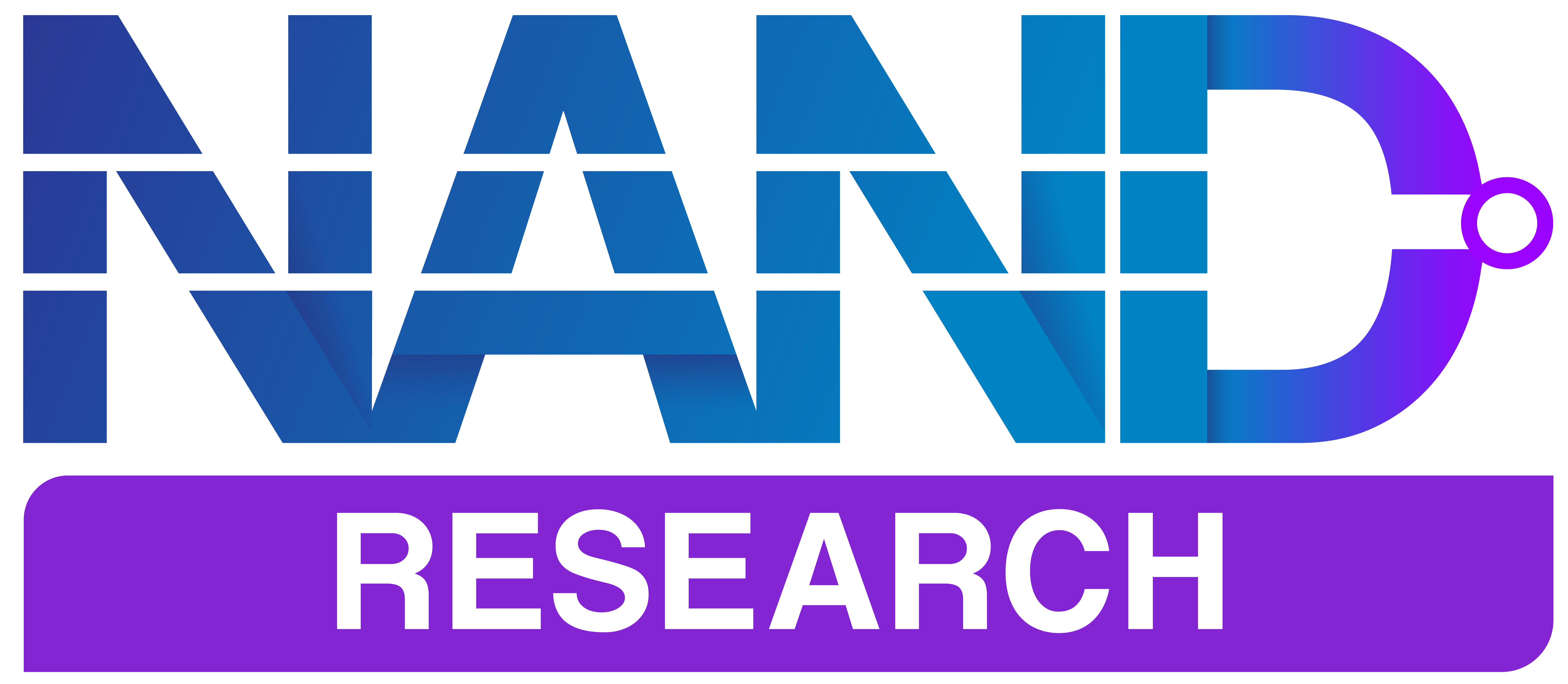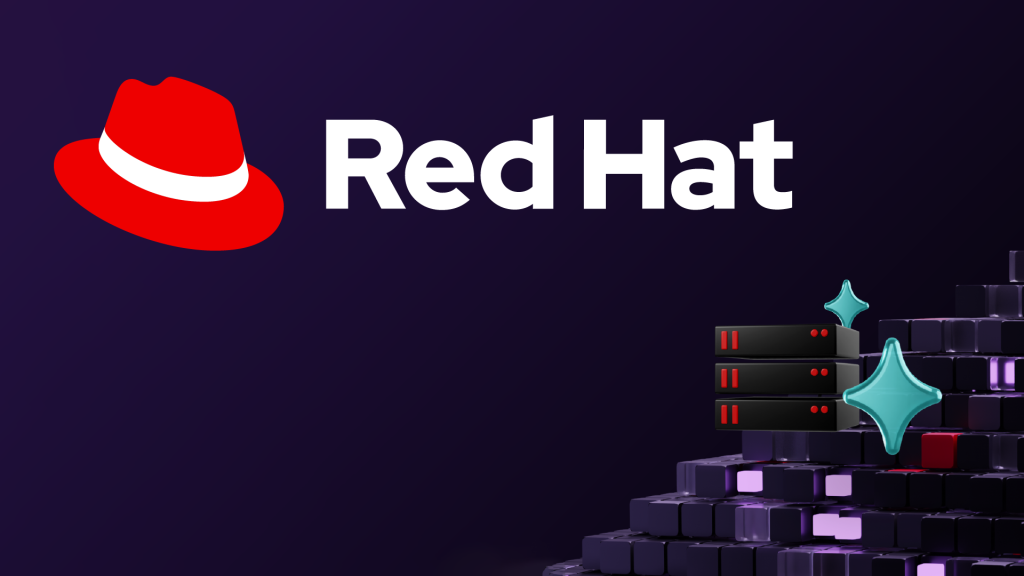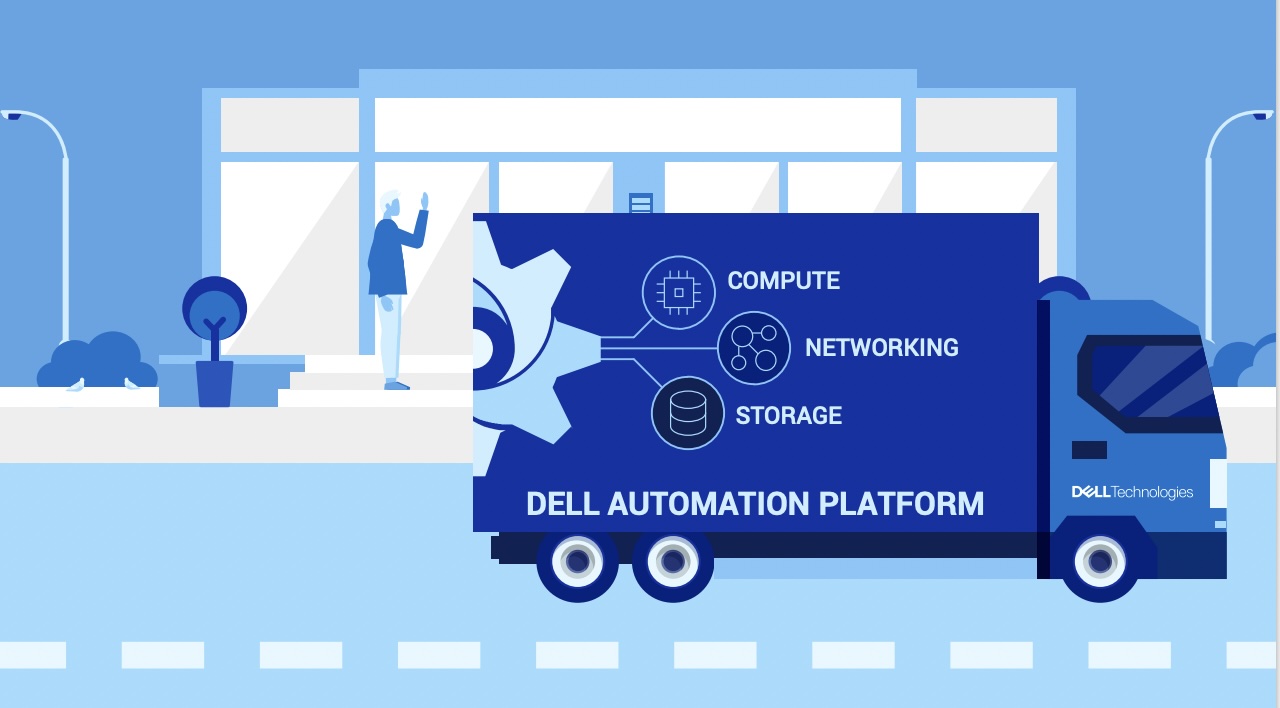Commissioned by Wind River
Enterprise IT infrastructure is at a critical inflection point. Traditional VM-first architectures, designed for static and centralized environments, are fundamentally misaligned with the demands of modern application architecture.
Broadcom’s acquisition of VMware adds to the inflection point, with organizations facing licensing cost increases up to 1000%[1], forced subscription bundling, and heightened risks of vendor lock-in. These developments have created a perfect storm driving enterprises away from legacy virtualization toward more flexible, cost-effective alternatives.
Wind River Cloud Platform emerges as a compelling enterprise-grade alternative that addresses both immediate VMware challenges and long-term infrastructure modernization needs. Built on proven open-source technologies including StarlingX, Kubernetes, and OpenStack, the platform delivers unified management of both virtual machines and containers under a single, highly automated infrastructure solution.
Enterprises Need a Modern Alternative
IT organizations struggle to implement a hybrid-cloud infrastructure flexible enough to meet the rapidly shifting business needs of the modern AI era while also providing a trusted foundation for business-critical compute and storage.
Enterprise applications, ranging from traditional enterprise applications to high-performance AI, require an intelligent and dependable infrastructure – one providing the rigid security, compliance, and reliability standards demanded by modern enterprise.
Today’s infrastructure management tools must provide seamless orchestration capabilities that span resource-constrained edge devices to massive cloud-scale data centers, all while maintaining consistent operational models regardless of deployment location.
The Broadcom/VMware Disruption
While IT environments are being reshaped by the demands of AI-fueled and data-driven workloads, the environment for the tools that IT administrators have traditionally relied upon is changing.
The disruption in the VMware ecosystem following Broadcom’s acquisition has highlighted that, beyond foundational infrastructure that may be fundamentally incompatible with IT’s evolving technological needs, there are also risks in vendor choice.
One of the most dramatic impacts of Broadcom’s acquisition of VMware is the cost increases. Analysts reports that VMware licensing prices have jumped by between 200-600%[2]. This is a result of Broadcom’s restructuring of VMware’s fundamental business model by eliminating perpetual licensing and forcing expensive subscription bundles.
The license changes extend beyond virtualization, equally impacting VMware vSAN customers, who now face lower per-core capacity limits that drive up overall licensing costs[3].
The acquisition also exposed vulnerabilities beyond pricing alone. Broadcom’s focus on large enterprises has left mid-market organizations with reduced support and uncertain futures. Product rationalization has led to shifting priorities across key platforms, such as Tanzu and vRealize Suite, creating uncertainty about the long-term viability of these offerings.
Most concerning is the intensified risk of vendor lock-in. As enterprises adopt cloud-native and multi-cloud strategies, VMware’s proprietary ecosystem becomes a liability, constraining organizations to adhere to VMware’s infrastructure vision, regardless of the business requirements.
The Path Forward
Financial pressure, strategic risks, operational challenges, and architectural limitations have created an impetus for IT organizations to look for alternatives to Broadcom’s VMware products. IT organizations are actively migrating to platforms that offer better economics, greater flexibility, and native support for modern cloud-native architectures. This is one of the most significant disruptions to enterprise infrastructure in decades.
Meeting the Evolving Needs of Enterprise IT
Enterprises are seeking alternatives for new deployments and VMware replacements alike. This is driven by needs three critical areas: predictable costs with lower TCO, open architectures that avoid vendor lock-in, and a modern cloud-native architecture with the flexibility to support more than just traditional virtualization:
| Cost Predictability (vs surprise bills) | Transparent, predictable pricing that avoids complex bundling strategies and surprise cost increases. No vendor dependency that could enable arbitrary price increases. Modular licensing approach that allow customers to pay only for components they use and need without hidden costs or forced purchases of unwanted functionality. |
| Open Architecture (vs. Vendor Lock-In) | Open-source foundation, providing transparency, community support, and protection against vendor exploitation. Strategic flexibility preservation with an architecture that doesn’t create vendor dependency or lock-in risks. Comprehensive APIs enabling integration with existing tools and custom automation and allowing customers direct access to their data, without vendor limitations. Industry standards support to ensure interoperability with existing infrastructure components and third-party solutions. Flexibility to modify and extend functionality without requiring vendor permission. Regulatory compliance, enabling the transparency and control necessary for data sovereignty and compliance requirements. |
| Cloud Native Integration (vs. Bolt-On Solutions) | Kubernetes as a first-class citizen with native integration. Unified management that seamlessly handles both VMs and containers without creating operational silos or complexity. Gradual application modernization to enable organizations to transition from VM-based to container-native architectures at their own pace. Native modern workflow integration supporting GitOps, infrastructure-as-code, and CI/CD pipelines without requiring separate tools. Operational simplicity, eliminating the need for multiple management interfaces and toolchains across different workload types. Storage modernization, unifying compute and storage through software-defined infrastructure to delivers agility, scalability, and operational simplicity. |
Table 1: Modern Infrastructure Management Attributes
The Wind River Cloud Platform: A Compelling Alternative
Wind River Cloud Platform is an enterprise-grade, open-source infrastructure solution designed to unify virtual machine and container management into a single, highly automated platform.
Built on proven open-source technologies and optimized for both edge and enterprise environments, the Wind River Cloud Platform offers IT organizations a comprehensive alternative to traditional proprietary virtualization solutions. It does this with mission-critical reliability and performance.
Wind River’s platform addresses the growing need for organizations to modernize their IT infrastructure while maintaining control over their data, reducing costs, and avoiding vendor lock-in associated with proprietary solutions.
Key Capabilities
Wind River Cloud Platform delivers a comprehensive set of capabilities that enable enterprises to deploy, manage, and operate distributed hybrid-cloud infrastructure with mission-critical reliability.
This architecture supports deployments ranging from single-node edge installations to large enterprise data centers, all managed through the same orchestration and management tools. Its core capabilities include:
| Unified Workload Management | Single technology stack manages both virtualized and containerized workloads, eliminating the operational complexity of separate platforms for VMs and containers. A unified management toolset provides a single interface for all infrastructure types, streamlining operations and reducing administrative overhead. Containerized OpenStack control plane runs natively on Kubernetes, creating seamless integration between VM and container management. Operational simplification removes the need for separate skill sets, tools, and processes typically required when managing distinct VM and container platforms. |
| Automated Operations and Lifecycle Management | Zero-Touch Provisioning: Automated deployment and configuration of new infrastructure components without manual intervention. Automated Updates and Maintenance: Seamless software updates and security patches delivered without service disruption. Self-Healing Infrastructure: Automated fault detection and recovery capabilities that maintain service availability even during hardware or software failures. |
| Service Delivery Automation | Application Catalog: Pre-configured service templates that enable rapid deployment of common applications and services. Drag-and-Drop Service Creation: Intuitive interface for creating and deploying complex service topologies without requiring deep technical expertise. Multi-Site Orchestration: Ability to deploy and manage services across thousands of distributed locations from a centralized management console. |
| Workflow Automation | Policy-Driven Operations: Automated execution of operational tasks based on predefined policies and triggers. Resource Optimization: Intelligent workload placement and resource allocation based on performance requirements and availability. Compliance Automation: Automated enforcement of security and compliance policies across all managed infrastructure. |
Table 2: Key Capabilities of the Wind River Cloud Platform
Built on a Flexible, Modular, Open-Source Foundation

The Wind River Cloud Platform is built on an open-source foundation, leveraging proven technologies optimized for enterprise requirements. Wind River’s solution also includes analytics, enabling the effective management of edge-to-cloud infrastructure by consuming and processing data to produce meaningful insights for informed decision-making.
This combines to provide a complete edge-to-cloud platform for bare metal, VMs, and containers to deliver compelling availability and performance capabilities:
| StarlingX-Based Architecture | Complete edge-to-cloud infrastructure platform supporting bare metal, VMs, and containers with comprehensive capabilities for distributed deployments. HA, QoS, performance, and low latency are built into the platform architecture for mission-critical workloads. Established open-source components, including Ceph, Linux, KVM, OpenStack, and Kubernetes, provide a proven, enterprise-grade foundation. Specialized edge services added to standard open-source components to meet specific requirements for edge and distributed cloud environments. Distributed cloud optimization allows for edge computing scenarios where traditional centralized cloud approaches are insufficient. |
| Production-Grade Kubernetes | Enterprise-ready Kubernetes with production-grade features and reliability for mission-critical workloads. Enhanced fault management provides advanced monitoring, detection, and recovery capabilities beyond standard Kubernetes. Comprehensive service management with tools and features for managing complex distributed services. Advanced configuration management enabling consistent, automated configuration across distributed Kubernetes deployments. |
| Integrated Storage and Networking | Built-in distributed storage through integrated Ceph, providing scalable, resilient storage across distributed infrastructure, while maintaining the ability to integrate with third-party storage solutions. This enables right-sizing, independent scaling, and hardware choice while maintaining unified orchestration and data services across the full spectrum of workload. Advanced networking capabilities, including SR-IOV, Multus, and Calico for comprehensive container networking solutions. Multus integration provides multiple network interface support for containers with complex networking requirements. Calico networking provides secure and scalable network policies and connectivity for containerized workloads. |
| High Availability and Fault Management | Redundant Architecture based on built-in redundancy at all infrastructure layers to eliminate single points of failure. Automated Failover with intelligent failover mechanisms that automatically redirect workloads during component failures. Comprehensive Monitoring with real-time monitoring of all infrastructure components with predictive analytics to identify potential issues before they impact operations. Zero-Touch Operations, with automated provisioning, updates, and maintenance reduce human error and operational overhead. Distributed Resilience with geographic distribution capabilities that maintain service availability even during regional outages. |
Table 3: Benefits of a Flexible, Modular, Open-Source Foundation
Architectural Benefits
Wind River’s approach in building its Cloud Platform solution yields several operational benefits for IT organizations:
| Unified Platform | • Single technology stack for both VMs and containers • One management interface instead of multiple tools • Containerized OpenStack control plane runs on Kubernetes Seamless migration support from VMware for both workload types • Software-Defined Storage* for unified compute and storage |
| Flexible Deployment | • Scales from single-node edge sites to large data centers • Same management tools work across all deployment sizes • Deploy only the components you need Add capabilities as requirements grow |
| Operational Simplicity | • No need for separate teams or skill sets • Consistent experience regardless of scale Integrated workflows for all workload types • Global infrastructure management from one console |
Table 4: Wind River Architectural Benefits
*Provided by storage ecosystem partners
The Business Value of Wind River Cloud Platform
The benefits of Wind River Cloud Platform extend beyond simply its feature set. Wind River also delivers a compelling story that gives the platform an attractive operational and TCO story:
| Lower Total Cost of Ownership | • Reduced hardware requirements through efficient resource utilization • Lower energy consumption with optimized power management • Decreased operational costs through automation |
| Smarter Operations | • Real-time analytics built into the platform • Automated fault detection and recovery • AI-assisted operations reduce manual tasks • Proactive optimization prevents issues before they impact services |
| Proven Reliability | • Powers the world’s largest 5G network at Verizon • Deployed in mission-critical telecommunications infrastructure • Professional support from experts with deep migration experience • Rapid implementation measured in weeks, not months |
Table 5: Wind River Business Value
The platform pays for itself through eliminated licensing fees, reduced hardware needs, and dramatically simplified operations, all while providing the enterprise-grade reliability your business demands.
Key Differentiators vs VMware
Wind River’s platform will naturally be compared to Broadcom’s VMware solution, a comparison that favors Wind River Cloud Platform:
| Open-Source vs Proprietary Architecture | Transparency: Open-source code allows for security audits and customization not possible with proprietary solutions Community Innovation: Benefit from global development communities working on Kubernetes, OpenStack, and related technologies. |
| Integrated Container and VM Support | Unified Operations: Single management interface for both workload types. Seamless Migration: Ability to migrate workloads between container and VM formats as needed. Reduced Complexity: Eliminate the need to manage multiple platforms and tool chains. |
| Mission-Critical Reliability Focus | Proven Track Record: Deployed in some of the world’s largest telecom networks and supporting the world’s largest 5G vRAN network at Verizon . Industry Expertise: Deep understanding of mission-critical requirements across telecommunications, aerospace, and other demanding industries. Comprehensive Support: Professional services and support organizations with experience in complex migrations and operations. |
| Cost-Effective Migration Path | Minimal Disruption: In-place migration capabilities that don’t require hardware replacement. Rapid Implementation: Weeks rather than months for migration completion. Preserved Investments: Ability to leverage existing hardware investments while gaining new capabilities. |
| Future-Ready Architecture | Kubernetes-Native: Built on the container orchestration platform that has become the industry standard. Edge-to-Cloud Continuum: Unified platform that scales from edge devices to enterprise data centers. |
Table 6: Wind River Cloud Platform Differentiators vs Broadcom VMware
Enterprise Use Cases and Workload Fit
Wind River Cloud Platform delivers a comprehensive private cloud infrastructure solution that addresses diverse enterprise workloads across multiple use cases.
The platform’s open-source foundation, unified VM and container management, and mission-critical reliability make it particularly well-suited for organizations seeking alternatives to traditional proprietary solutions while maintaining enterprise-grade performance and security.
| Use Case | Core Capabilities |
| Private Cloud Infrastructure | Unified Infrastructure Management: The platform offers an integrated cloud platform, an automated operations composer, and analytics capabilities that enable private cloud operations teams to deploy and manage cloud networks globally. This unified approach eliminates the complexity of managing separate systems for different workload types. Hybrid and Multi-Cloud Support: The Wind River Cloud Platform offers unified cloud management, featuring network-wide orchestration of distributed, on-premises, and hybrid clouds to consolidate diverse enterprise data sources and workloads. This capability enables organizations to create seamless hybrid architectures that span on-premises and cloud environments. Scalable Architecture: The platform is designed for edge and enterprise deployments, featuring a small footprint, low latency, mission-critical, and highly distributed architectures with remote management and up to six nines (99.9999%) reliability. Organizations can scale from small edge deployments to large enterprise data centers using the same management tools and infrastructure. |
| Application Modernization | Legacy Application Migration: The migration of VMs and containers from VMware vSphere to Wind River Cloud Platform leverages OpenStack and Kubernetes to host both workload types within a single, integrated environment. This allows organizations to modernize legacy applications while maintaining operational continuity. Microservices Architecture: The platform’s Kubernetes foundation provides native support for microservices architectures, enabling organizations to decompose monolithic applications into scalable, manageable components. |
| Data Center Modernization & VM Consolidation | Legacy System Integration: Wind River’s solutions address the demands for scalable, secure, and compliant alternatives to traditional infrastructure, with an integrated approach that supports modernization from edge to core to cloud, while addressing operational complexity with a unified management layer. Hardware Optimization: The platform’s simplified licensing, smaller footprint, reduced hardware costs, and lower operational costs enable organizations to reduce their overall TCO. Virtualization Consolidation: Organizations can manage virtualized and containerized workloads from a single technology stack and management toolset, eliminating the need for separate virtualization platforms. |
| Storage Modernization* | Legacy SAN Transition: The Wind River Cloud Platform enables organizations to move beyond costly, rigid SAN environments by adopting software-defined storage (SDS) that scales across edge and core infrastructure. Customers can still integrate existing SAN arrays via CSI drivers where required, ensuring investment protection while enabling a modernization path. Software-Defined Storage Integration: The platform provides native Ceph-based storage with enterprise features such as snapshots, thin provisioning, and multi-tenant isolation, along with seamless support for leading CSI/CSM plugins through storage partnership. This allows organizations to unify compute and storage management under one cloud-native framework. Edge-to-Cloud Scalability: Unlike traditional SANs, SDS with Wind River Cloud Platform scales elastically from constrained edge sites to multi-petabyte data centers, delivering consistent performance and resiliency. This flexibility reduces CapEx and OpEx, while aligning storage with modern cloud-native workloads and mission-critical requirements. |
Table 7: Wind River Cloud Platform Use Cases & Workload Fit
*Provided jointly with storage ecosystem partners
Minimizing Risk
Enterprises evaluating alternatives in a post-Broadcom VMware world need a solution that naturally minimizes risk while also maximizing the benefits of modernization.
Wind River Cloud Platform provides this with a phased approach that allows enterprises to transition at their own pace without compromising operational continuity:
- Its open-source foundation eliminates future vendor lock-in risks and protection against arbitrary price increases, like those seen with VMware-Broadcom.
- Long-term strategic protection ensures technological independence regardless of vendor strategy changes or acquisitions.
- Comprehensive professional services including VMware environment assessment and detailed migration planning.
- Hands-on implementation support leveraging Wind River’s migration expertise to avoid common pitfalls.
- Accelerated time-to-value through experienced guidance and proven migration methodologies.
- Extensive training programs help develop internal expertise, crucial for successful platform operation and optimization.
- Knowledge transfer services ensure organizations can effectively manage and optimize their new infrastructure independently.
Breaking Free
Broadcom’s acquisition of VMware has fundamentally altered the virtualization landscape, creating immediate financial pressures and long-term strategic risks for enterprises worldwide. Sharp price increases, licensing uncertainty, and reduced innovation have made VMware an unsustainable choice for many organizations.
Wind River Cloud Platform provides a fundamentally different approach to enterprise virtualization; one built on open-source technologies and designed for modern application architectures. The platform addresses the key limitations of VMware while providing the advanced capabilities that enterprises need for digital transformation.
The combination of reduced TCO, vendor independence, and cloud-native capabilities makes Wind River Cloud Platform an attractive alternative. The platform’s open architecture ensures that organizations maintain control over their infrastructure destiny while benefiting from continuous innovation.
The Path Forward
IT teams evaluating VMware alternatives should consider not just the immediate cost savings, but also long-term flexibility to meet evolving needs. Wind River Cloud Platform meets these demands with a migration path that addresses immediate VMware challenges while also positioning for future success.
Wind River’s phased migration approach, comprehensive support services, and open architecture minimize the risks associated with infrastructure change while maximizing the benefits of modern, cloud-native infrastructure. Customers can break free from VMware lock-in while accelerating their digital transformation initiatives.

| Phase 1: Discovery | • Document your VMware inventory and workloads Map dependencies between VMs and services • Identify existing scripts, policies, and workflows to preserve |
| Phase 2: Proof of Value | • Calculate cost savings and ROI Define migration timeline and maintenance windows • Show how Wind River’s automation tools accelerate the process Identify and plan for potential risks |
| Phase 3: Migration Proposal | • Detailed deployment and migration strategy • Clear deliverables, timeline, and milestones • Service level agreements and success criteria • Training and support included |
| Phase 4: Planning and Design | • Finalize technical architecture • Establish project governance and responsibilities • Complete testing plans • Train your team on the new platform |
| Phase 5: Implementation and Deployment | • Start with a pilot migration of non-critical workloads • Validate the process and refine automation • Scale to full production migration • Maintain business continuity throughout • Decommission VMware once complete |
Table 8: Wind River’s Phased Approach
Each phase builds on the previous one, ensuring a smooth transition with minimal risk and maximum value. Wind River’s expertise guides you through every step, from initial assessment to final VMware shutdown.
Take Action
The enterprise infrastructure landscape is at an inflection point. The Broadcom-VMware disruption serves as a stark reminder of the risks inherent in proprietary vendor dependencies, while the accelerating demands of AI workloads and cloud-native applications expose the limitations of traditional virtualization platforms.
Organizations can no longer afford to remain locked into inflexible, increasingly expensive infrastructure solutions that constrain their ability to innovate and adapt.
Wind River Cloud Platform embodies a fundamental shift in how enterprises should approach infrastructure management. By unifying VM and container orchestration on an open-source foundation, the platform delivers the operational simplicity and cost predictability that modern IT organizations demand, while preserving the flexibility to evolve with changing business requirements.
The path forward is clear. Organizations must prioritize infrastructure solutions that offer:
- Economic sustainability through transparent pricing and freedom from vendor-imposed cost escalations
- Architectural flexibility that seamlessly supports both traditional and cloud-native workloads
- Strategic independence through open standards and community-driven innovation
- Operational efficiency via unified management and intelligent automation
For enterprises evaluating their infrastructure strategy, the decision extends beyond immediate cost savings. It’s about securing the technological foundation that will enable competitive differentiation in an AI-driven future.
Wind River Cloud Platform’s proven reliability in mission-critical deployments, combined with its modern cloud-native architecture, positions organizations to not just survive the current disruption, but to emerge stronger and more agile.
As migration complexities compound and technical debt accumulates, delaying the transition only increases risk and opportunity cost. Organizations that move decisively to embrace open, unified infrastructure platforms will find themselves better positioned to capitalize on emerging technologies, respond to market changes, and deliver the innovative services their customers demand.
[1] CIO DIVE: AT&T claims it faced a tenfold VMware price hike under Broadcom
[2] Business Insider: VMware customers report massive price increases since Broadcom takeover
[3] NAND Research: VMware New Bundles & Pricing: Impact on IT Buyers





